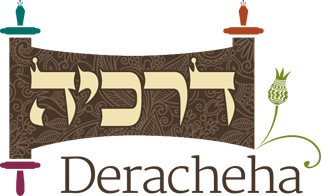| ♥ 0 |
I live in Yerushalayim and I usually participate in a women’s megilla reading. Looking ahead, this year is Purim Meshulash. How does this work if Covid doesn’t interfere?
Marked as spam
|
|
Private answer
Questions along these lines are best addressed more personally, so that a response can take specifics of a situation and a community into account. Our response is meant as a general discussion of the relevant issues. By Talmudic decree, we are not permitted to read megilla on Shabbat, so the Jewish calendar has been engineered to prevent 14 Adar from falling out on Shabbat. Every so often, though, 15 Adar is a Shabbat, and residents of Yerushalayim read the megillah on Thursday night and Friday. This is known as Purim Meshulash (threefold Purim), because the mitzvot of Purim are then spread out over three days, with megilla reading and matanot la-evyonim on Friday, Torah reading on Shabbat, and the Purim meal and mishlo’ach manot on Sunday (Shulchan Aruch Orach Chayyim 688:6). The question is whether or not this early reading is technically considered to be bi-zmanah, in its time. If the reading is considered to be she-lo bi-zmanah, not in its time, then a minyan may be necessary in order to read the megilla with its berachot (Mishna Berura 690:61). There is an opinion, though, that an individual may read the megilla with its berachot even when the reading takes place she-lo bi-zmanah, as long as there is a reading in a minyan elsewhere to publicize the miracle (Shulchan Aruch OC 690:18, and Mishna Berura 64). In practice, many people make an extra effort to hear megilla at a minyan on Purim Meshulash in order to avoid any halachic questions (Mishna Berura 64). At the same time, a number of halachic authorities, including Rav Ovadya Yosef (Yabi’a Omer OC VI:46) rule that individual men or women reading megilla on Purim Meshulash recite the first berachot as usual. Chazon Ish (OC 155:3) adds that the ten needed for megilla reading on Purim Meshulash may be women, since the function of the ten in this case is to publicize the miracle. Tzitz Eliezer (13:73) concurs that a megilla reading for ten or more women on Purim Meshulash includes the berachot. So a woman who attends a women's reading of ten or more women every year has reason to consider a minyan for Purim Meshulash. This was reportedly the view of Rav Aharon Lichtenstein and is the view of Rav Baruch Gigi. But there is also a halachic basis for her to stick with her usual practice. Some early halachic authorities write that men and women should not combine to form a quorum of ten (Tur 689). According to this view, if Covid limits the number of people who can gather together to ten, it could be preferable for women to attend all-women’s readings with ten women. See more Q&A here. Marked as spam
|

